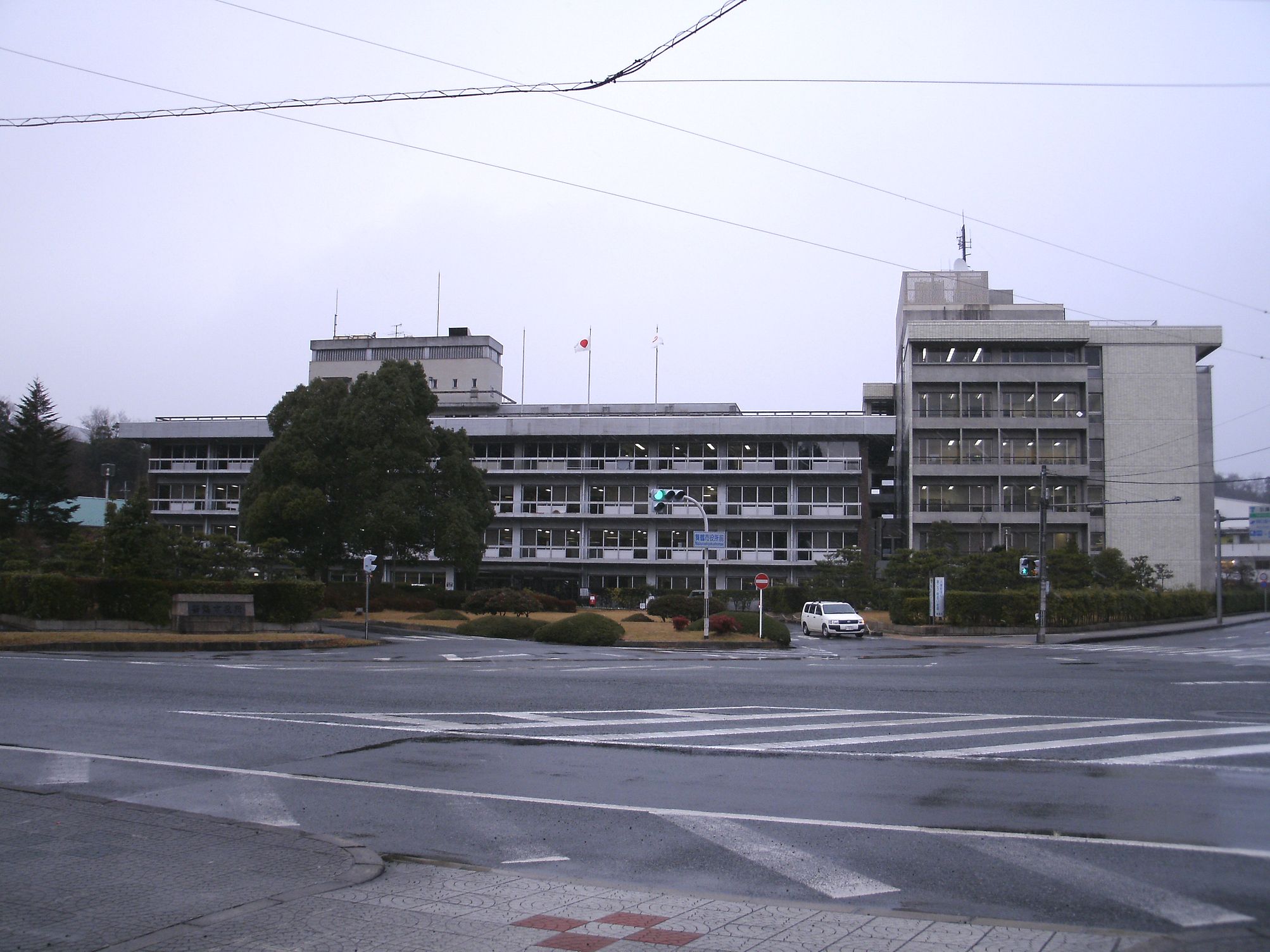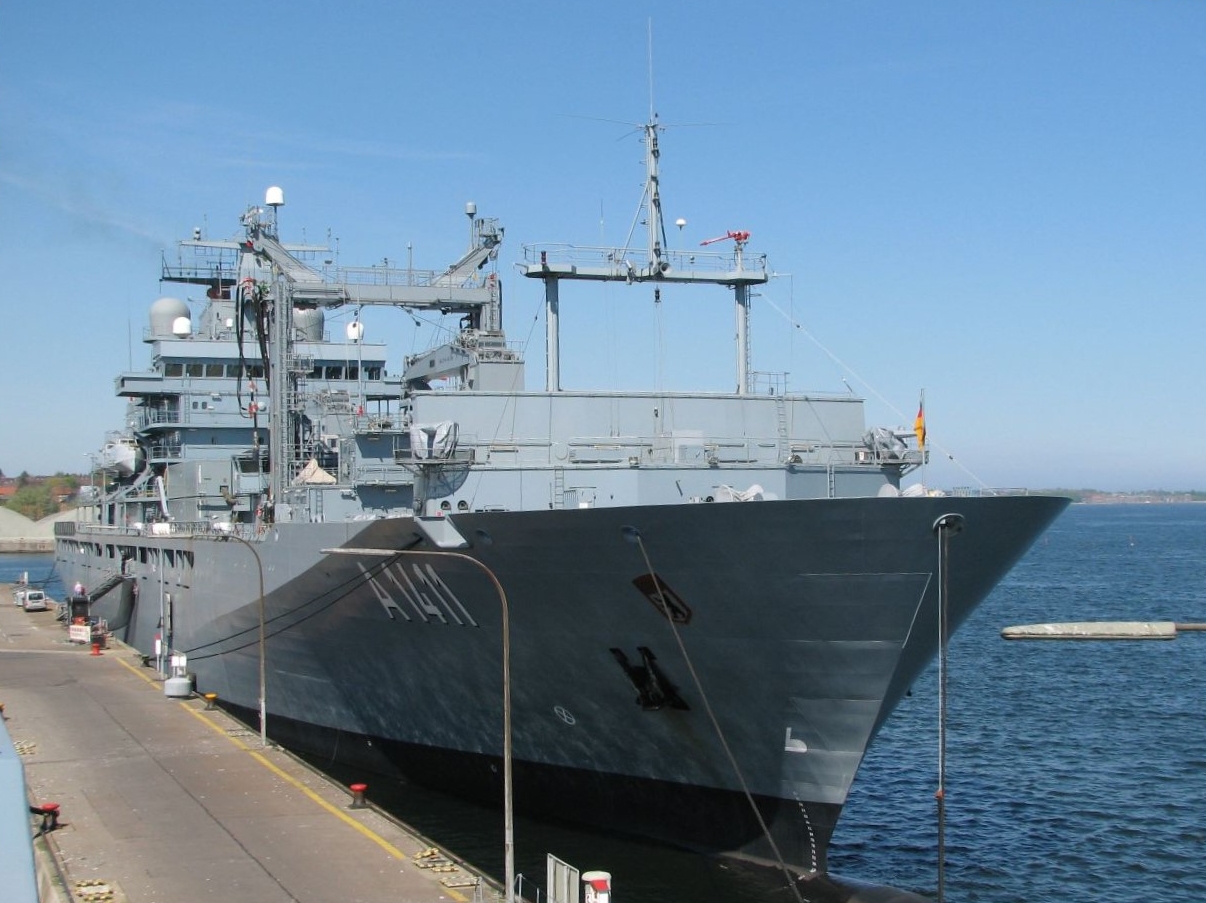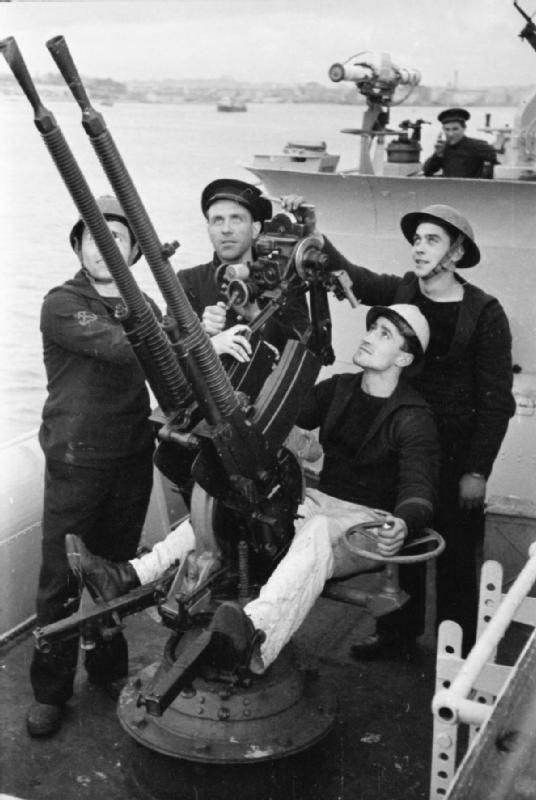|
Sokuten-class Auxiliary Minelayer (1913)
The was a class of auxiliary minelayers of the Imperial Japanese Navy (IJN), serving during the 1910s and World War II. They were called the ''Sokuten'' class from their nameship. They were also called the ''Toshima'' class after ''Sokuten'' was retired. In some sources ''Natsushima'' was included in this class. Their official class name was not mentioned in IJN official documents. Background * The IJN intended to update their mineboats for local guards. Construction * In 1911, the IJN built the first experimental boat ''Natsushima'' (''Natsushima Maru''). ''Natsushima'' attached importance to gun-fights. Therefore, she was equipped with two Armstrong guns. * In 1913, the IJN built the second experimental boat ''Sokuten'' (''Sokuten Maru No. 1''). She was an improved model of ''Natsushima'', and her equipment was almost the same as ''Natsushima''. * The IJN adopted ''Sokuten''s hull design, and started production. * ''Kuroshima'', ''Kurokami'' and ''Kurosaki'' were equipp ... [...More Info...] [...Related Items...] OR: [Wikipedia] [Google] [Baidu] |
Kure Naval Arsenal
was one of four principal naval shipyards owned and operated by the Imperial Japanese Navy. History The Kure Naval District was established at Kure, Hiroshima in 1889, as the second of the naval districts responsible for the defense of the Japanese home islands. Along with the establishment of the navy base, a ship repair facility was also constructed, initially by moving the equipment from the Onohama shipyards near Kobe. Construction was supervised by the French engineer Louis-Émile Bertin. The first warship constructed at Kure, '' Miyako'', was launched in 1897. The "Kure Shipyards" were officially renamed the "Kure Naval Arsenal" in 1903. Kure developed into one of the largest shipbuilding facilities in the Empire of Japan, capable of working with the largest vessels. The Arsenal included a major steel works (built with British assistance), and also facilities for producing naval artillery and projectiles. The battleships ''Yamato'' and '' Nagato'' were designed and con ... [...More Info...] [...Related Items...] OR: [Wikipedia] [Google] [Baidu] |
Caliber
In guns, particularly firearms, caliber (or calibre; sometimes abbreviated as "cal") is the specified nominal internal diameter of the gun barrel Gauge (firearms) , bore – regardless of how or where the bore is measured and whether the finished bore matches that specification. It is measured in inches or in millimetres, millimeters. In the United States it is expressed in hundredths of an inch; in the United Kingdom in thousandths; and elsewhere in millimeters. For example, a "45 caliber" firearm has a barrel diameter of roughly . Barrel diameters can also be expressed using metric dimensions. For example, a "9 mm pistol" has a barrel diameter of about 9 millimeters. Since metric and US customary units do not convert evenly at this scale, metric conversions of caliber measured in decimal inches are typically approximations of the precise specifications in non-metric units, and vice versa. In a rifling , rifled barrel, the distance is measured between opposing Rifling#C ... [...More Info...] [...Related Items...] OR: [Wikipedia] [Google] [Baidu] |
Japanese Minelayer Kuroshima
Japanese may refer to: * Something from or related to Japan, an island country in East Asia * Japanese language, spoken mainly in Japan * Japanese people, the ethnic group that identifies with Japan through ancestry or culture ** Japanese diaspora, Japanese emigrants and their descendants around the world * Japanese citizens, nationals of Japan under Japanese nationality law ** Foreign-born Japanese, naturalized citizens of Japan * Japanese writing system, consisting of kanji and kana * Japanese cuisine, the food and food culture of Japan See also * List of Japanese people * * Japonica (other) * Japonicum * Japonicus This list of Latin and Greek words commonly used in systematic names is intended to help those unfamiliar with classical languages to understand and remember the scientific names of organisms. The binomial nomenclature used for animals and plants i ... * Japanese studies {{disambiguation Language and nationality disambiguation pages ... [...More Info...] [...Related Items...] OR: [Wikipedia] [Google] [Baidu] |
Maizuru, Kyoto
is a city in Kyoto Prefecture, Japan. , the city had an estimated population of 78,644 in 34817 households and a population density of 230 persons per km². The total area of the city is . Geography Maizuru is located in northern Kyoto Prefecture, facing scenic Maizuru Bay on the Sea of Japan to the north and Fukui Prefecture to the east. Neighboring municipalities Kyoto Prefecture * Ayabe * Miyazu *Fukuchiyama Fukui Prefecture * Takahama Climate Like Toyooka in Hyōgo Prefecture, Maizuru has a climate resembling the Hokuriku region rather than the rest of Kansai, though it is less wet than other Hokuriku towns during the late autumn and winter because its location on a deep inlet means the northerly winds driven by the Siberian High and Aleutian Low do not produce as much rain and/or snow. In the summer, however, Maizuru can be extremely oppressive as the intense radiation creates extreme humidity around the bay: on August 13, 1994 the town recorded a ''minimum'' temperatu ... [...More Info...] [...Related Items...] OR: [Wikipedia] [Google] [Baidu] |
Japanese Minelayer Toshima
Japanese may refer to: * Something from or related to Japan, an island country in East Asia * Japanese language, spoken mainly in Japan * Japanese people, the ethnic group that identifies with Japan through ancestry or culture ** Japanese diaspora, Japanese emigrants and their descendants around the world * Japanese citizens, nationals of Japan under Japanese nationality law ** Foreign-born Japanese, naturalized citizens of Japan * Japanese writing system, consisting of kanji and kana * Japanese cuisine, the food and food culture of Japan See also * List of Japanese people * * Japonica (other) * Japonicum * Japonicus This list of Latin and Greek words commonly used in systematic names is intended to help those unfamiliar with classical languages to understand and remember the scientific names of organisms. The binomial nomenclature used for animals and plants i ... * Japanese studies {{disambiguation Language and nationality disambiguation pages ... [...More Info...] [...Related Items...] OR: [Wikipedia] [Google] [Baidu] |
Japanese Minelayer Sokuten (1913)
Two Japanese warships have borne the name ''Sokuten'': * , a launched in 1913 and stricken in 1936 * , a launched in 1938 and sunk in 1944 {{DEFAULTSORT:Sokuten Imperial Japanese Navy ship names Japanese Navy ship names ... [...More Info...] [...Related Items...] OR: [Wikipedia] [Google] [Baidu] |
Japanese Minelayer Natsushima (1911)
Two Japanese warships have borne the name ''Natsushima'': * , a launched in 1911 and sold in 1927 * , a launched in 1933 and sunk in 1944 {{DEFAULTSORT:Natsushima Imperial Japanese Navy ship names Japanese Navy ship names ... [...More Info...] [...Related Items...] OR: [Wikipedia] [Google] [Baidu] |
World War II
World War II or the Second World War, often abbreviated as WWII or WW2, was a world war that lasted from 1939 to 1945. It involved the vast majority of the world's countries—including all of the great powers—forming two opposing military alliances: the Allies and the Axis powers. World War II was a total war that directly involved more than 100 million personnel from more than 30 countries. The major participants in the war threw their entire economic, industrial, and scientific capabilities behind the war effort, blurring the distinction between civilian and military resources. Aircraft played a major role in the conflict, enabling the strategic bombing of population centres and deploying the only two nuclear weapons ever used in war. World War II was by far the deadliest conflict in human history; it resulted in 70 to 85 million fatalities, mostly among civilians. Tens of millions died due to genocides (including the Holocaust), starvation, ma ... [...More Info...] [...Related Items...] OR: [Wikipedia] [Google] [Baidu] |
Minelayer
A minelayer is any warship, submarine or military aircraft deploying explosive mines. Since World War I the term "minelayer" refers specifically to a naval ship used for deploying naval mines. "Mine planting" was the term for installing controlled mines at predetermined positions in connection with coastal fortifications or harbor approaches that would be detonated by shore control when a ship was fixed as being within the mine's effective range. Before World War I, mine ships were termed mine planters generally. For example, in an address to the United States Navy ships of Mine Squadron One at Portland, England, Admiral Sims used the term “mine layer” while the introduction speaks of the men assembled from the “mine planters”. During and after that war the term "mine planter" became particularly associated with defensive coastal fortifications. The term "minelayer" was applied to vessels deploying both defensive- and offensive mine barrages and large scale sea mining. " ... [...More Info...] [...Related Items...] OR: [Wikipedia] [Google] [Baidu] |
Auxiliary Vessel
An auxiliary ship is a naval ship designed to support combatant ships and other naval operations. Auxiliary ships are not primary combatant vessels, though they may have some limited combat capacity, usually for purposes of self-defense. Auxiliary ships are extremely important for navies of all sizes because if they were not present the primary fleet vessels would be unsupported. Thus, virtually every navy maintains an extensive fleet of auxiliary ships. However, the composition and size of these auxiliary fleets vary depending on the nature of each navy and its primary mission. Smaller coastal navies tend to have smaller auxiliary vessels focusing primarily on littoral and training support roles. Larger blue-water navies tend to have larger auxiliary fleets comprising longer-range fleet support vessels designed to provide support far beyond territorial waters. Roles Replenishment One of the most direct ways that auxiliary ships support the fleet is by providing under ... [...More Info...] [...Related Items...] OR: [Wikipedia] [Google] [Baidu] |
Hotchkiss M1929 Machine Gun
The 13.2 mm Hotchkiss machine gun model 1929, often simplified to Hotchkiss M1929 machine gun, and the like, was a heavy machine gun designed and manufactured by Hotchkiss et Cie from the late 1920s until World War II which saw service with various nations' forces, including Italy and Japan where the gun was built under license. Development In the late 1920s, Hotchkiss proposed a range of anti-aircraft automatic weapons in the 13.2, 25 and 37 mm calibers. They were all based on the same type of Gas-operated reloading, gas-operated action, similar to the one used in the 8 mm Hotchkiss Mle 1914 machine gun, which had proven extremely reliable during World War I and was still in service. This led to the production of the 13.2 mm Hotchkiss machine gun model 1929, often called the Hotchkiss M1929. Performance The Hotchkiss M1929 machine gun had a Rate of fire#Cyclic rate, cyclic rate of fire of 450 rounds per minute, but their practical sustained rate of fire wa ... [...More Info...] [...Related Items...] OR: [Wikipedia] [Google] [Baidu] |
Depth Charge
A depth charge is an anti-submarine warfare (ASW) weapon. It is intended to destroy a submarine by being dropped into the water nearby and detonating, subjecting the target to a powerful and destructive Shock factor, hydraulic shock. Most depth charges use explosive, high explosive charges and a fuze set to detonate the charge, typically at a specific depth. Depth charges can be dropped by ships, patrol aircraft, and helicopters. Depth charges were developed during World War I, and were one of the first viable methods of attacking a submarine underwater. They were widely used in World War I and World War II, and remained part of the anti-submarine arsenals of many navies during the Cold War, during which they were supplemented, and later largely replaced, by anti-submarine homing torpedoes. A depth charge fitted with a nuclear warhead is also known as a "nuclear depth bomb". These were designed to be dropped from a patrol plane or deployed by an anti-submarine missile from a s ... [...More Info...] [...Related Items...] OR: [Wikipedia] [Google] [Baidu] |







